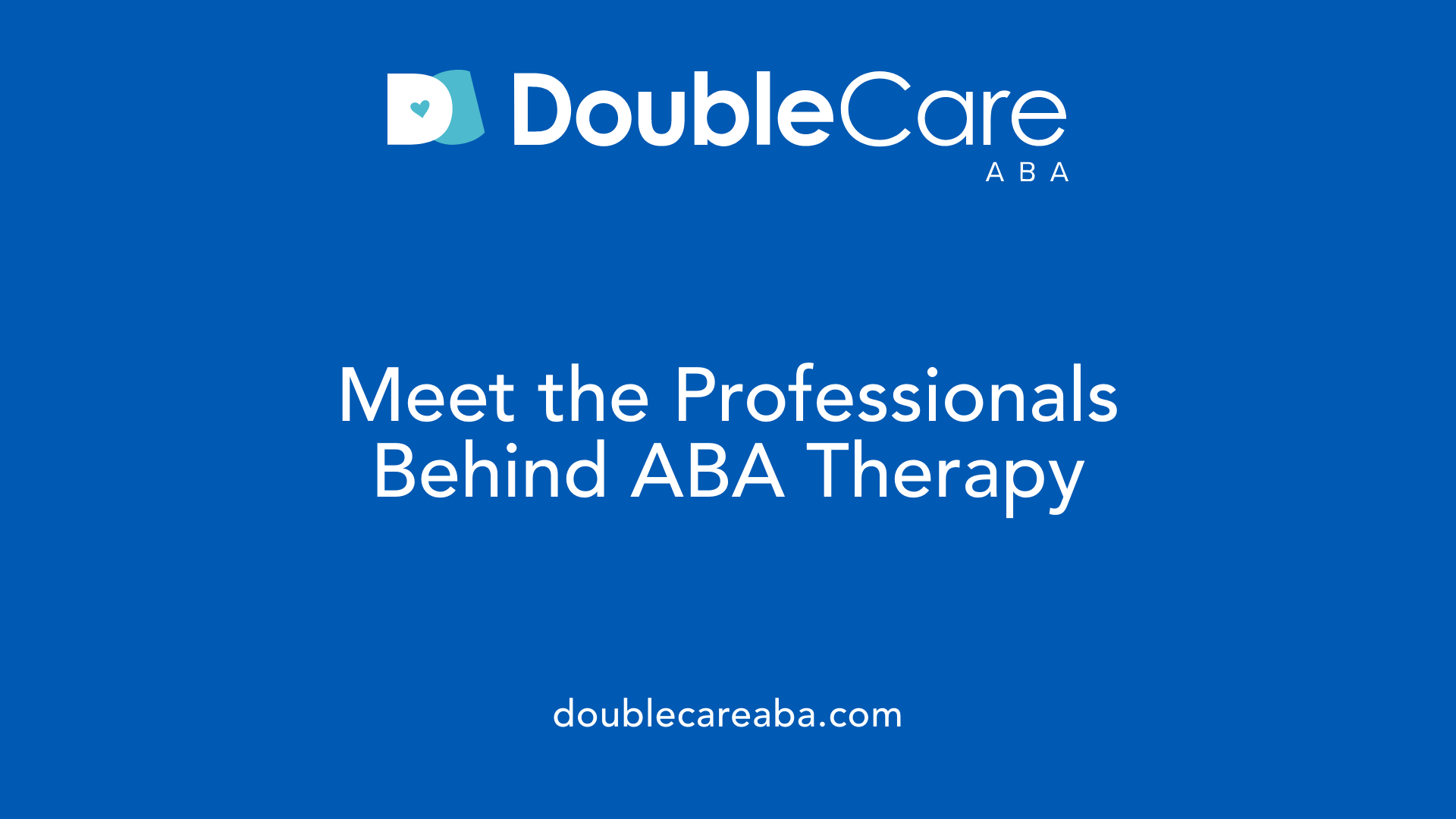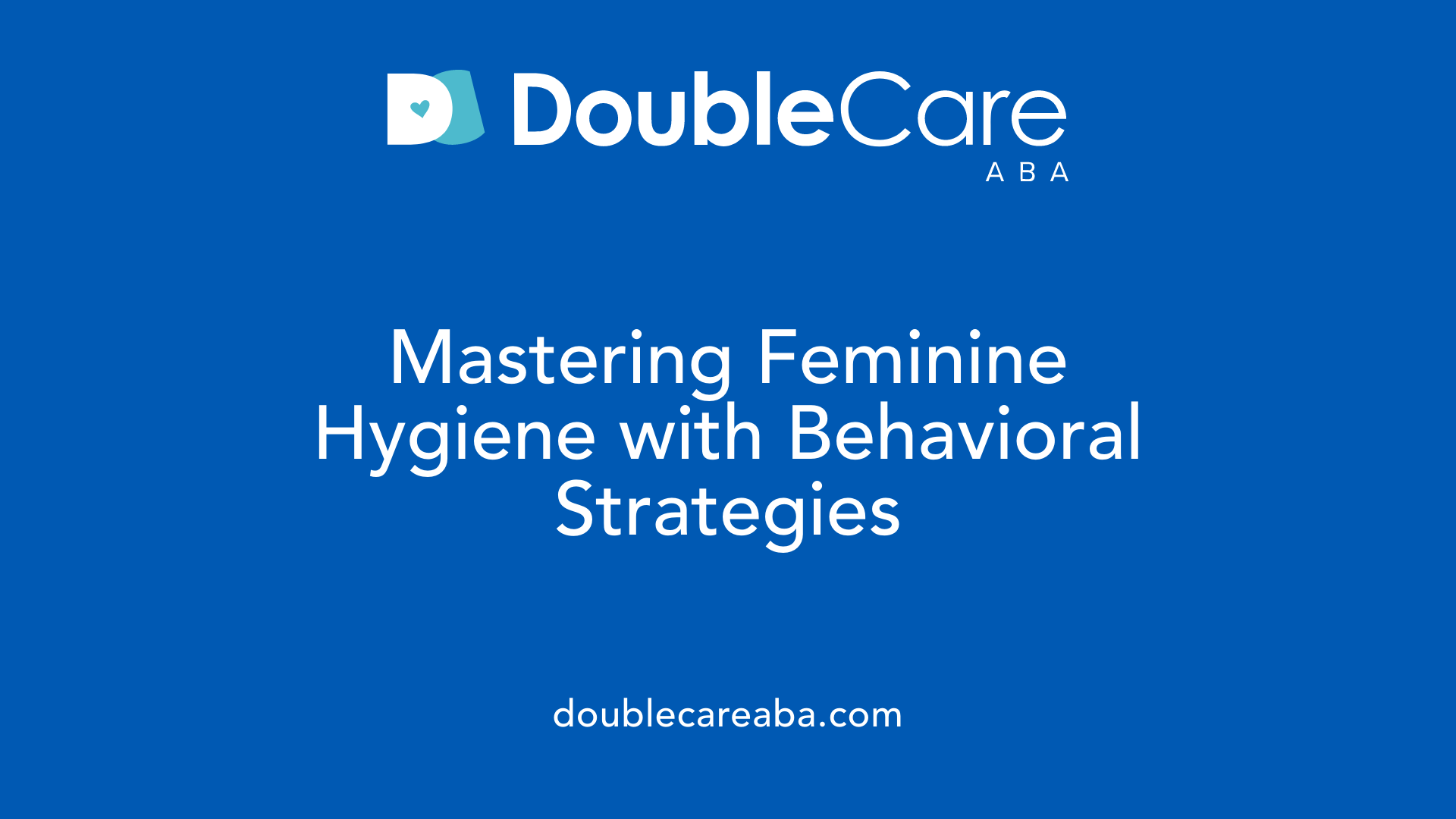How to Teach Daily Hygiene Skills to Kids with Autism
Effective Strategies for Teaching Hygiene to Autistic Children

Understanding the Importance of Hygiene Education for Children with Autism
Teaching personal hygiene skills to children with autism is vital for fostering independence, social acceptance, and overall well-being. These skills can be challenging to acquire due to communication barriers and sensory sensitivities common in autism. However, evidence-based approaches incorporating visual supports and behavioral techniques can make hygiene routines accessible and manageable for autistic children, empowering them to take charge of their personal care.
What is Applied Behavior Analysis (ABA) Therapy and How Does It Benefit Children with Autism?
What is Applied Behavior Analysis (ABA) therapy?
Applied Behavior Analysis (ABA) is a science-based therapy that focuses on understanding and modifying behavior to promote meaningful and positive changes. It is widely used to support individuals with autism spectrum disorder by encouraging helpful behaviors such as communication, social skills, and self-care, while reducing harmful or interfering behaviors.
ABA employs a variety of techniques including positive reinforcement, prompting, and task analysis—breaking complex skills into manageable steps. Visual supports like picture schedules, social stories, and video modelling are often integrated to leverage the strong visual learning strengths common among autistic children.
Therapy is personalized and data-driven, with progress continually tracked and interventions adapted accordingly. ABA can be delivered across various settings and ages, helping children develop essential life skills in a structured, supportive way.
How does ABA therapy benefit individuals with autism?
ABA therapy offers many benefits for individuals with autism by providing tailored, evidence-based teaching methods. It helps increase important skill sets such as communication, social engagement, and daily living tasks including personal hygiene.
Through techniques like chaining—where tasks are broken down and taught step-by-step—and positive reinforcement (like verbal praise or rewards), ABA helps children learn complex routines such as toothbrushing or feminine hygiene with greater independence.
Early and consistent ABA intervention can lead to improved self-sufficiency and social acceptance. It also promotes generalization of skills, meaning children can apply what they learn across different settings and situations. This flexibility plays a crucial role in enhancing quality of life and community participation.
Using tools like visual schedules and social stories helps children anticipate and understand hygiene tasks, while video modelling reinforces these routines by demonstrating them in a clear and engaging way.
Overall, ABA therapy empowers children with autism to develop the skills needed for daily living and social integration, fostering greater independence and confidence.
Who Provides ABA Therapy and How Is It Delivered?

Roles of professionals in ABA therapy
ABA therapy is primarily delivered by licensed experts called Board Certified Behavior Analysts (BCBAs). These professionals hold advanced degrees and specialized training, enabling them to design personalized treatment plans that address the unique needs of each individual. Besides BCBAs, trained therapists or technicians known as Registered Behavior Technicians (RBTs) implement the daily interventions under the guidance of a BCBA.
Settings and contexts for delivering ABA
ABA services are flexible and provided in various environments such as the child's home, schools, clinics, and community settings. This variety allows therapy to be integrated naturally into everyday routines, supporting generalization of learned skills like personal hygiene.
The involvement of caregivers and family
Families and caregivers play a vital role in ABA therapy. They receive training and coaching to reinforce behavioral strategies at home, ensuring consistency and promoting independence in skills such as hygiene practices. Their involvement helps maintain progress between sessions and adapts techniques to the child's changing needs.
Support personnel roles
Beyond BCBAs and RBTs, other support staff may assist with therapy, including special educators and speech therapists who collaborate to address comprehensive developmental goals. These multidisciplinary teams ensure holistic support for the child's growth.
Together, these professionals create and deliver structured, data-driven ABA interventions targeting personal hygiene skills in autistic children, supporting improvement and independence across settings.
Techniques and Tools to Teach Hygiene Skills in ABA Therapy

What techniques are commonly used in ABA therapy?
ABA therapy employs several effective techniques for teaching hygiene skills to autistic children. One foundational method is task analysis, which breaks down hygiene routines into small, manageable steps. Closely related is chaining, where each step—such as toothbrushing—is taught sequentially, either through total task chaining or forward chaining, helping learners build the full routine over time.
Positive reinforcement strategies
To encourage completion and practice of hygiene tasks, ABA uses positive reinforcement. This might include verbal praise, stickers, or small treats, which motivate children to engage willingly with hygiene routines. Reinforcement helps strengthen these habits by associating them with positive outcomes.
Use of visual supports including schedules, social stories, and video modeling
Visual supports take advantage of autistic children's strengths in visual learning. These include:
- Visual schedules with pictures, words, or photos of the child's own items to outline step-by-step hygiene routines
- Social stories that explain the reasons behind hygiene practices, like using deodorant after sweating
- Video modeling, where videos demonstrate tasks to guide learning; these can be personalized and watched repeatedly
Prompting and fading techniques
ABA also uses prompting techniques to guide children during hygiene routines, gradually reducing support through fading as the child gains independence. This structured approach ensures skills are mastered with appropriate assistance before the child completes tasks solo.
In summary, ABA therapy combines structured steps, motivating reinforcements, and visual aids with gradual reduction of help, creating effective and individualized hygiene teaching plans for autistic children.
Utilizing Visual Supports to Enhance Hygiene Learning

Types of Visual Supports Effective for Autistic Children
Visual supports are powerful tools that tap into the visual learning strengths of autistic pre-teens and teenagers. Common types include visual schedules, social stories, and video modeling. Visual schedules often combine words and pictures or photos of personal hygiene items, creating clear step-by-step guides for tasks like toothbrushing or washing hands. Social stories describe why hygiene practices matter, helping children understand elements such as sweating and deodorant use. Meanwhile, video modeling demonstrates hygiene routines via videos, which can be personalized to the child's daily routine and reviewed multiple times for reinforcement.
How Visual Schedules and Social Stories Aid Comprehension
Breaking complex routines into smaller, manageable steps through visual schedules enables children to follow and practice each part with more ease and confidence. These schedules are highly customizable to the child's preferences and needs, fostering independence. Social stories complement this by presenting explanations about hygiene in a narrative form. This supports the child in grasping the purpose of these routines, reducing anxiety and increasing motivation to participate.
The Role of Video Modeling in Teaching Hygiene
Video modeling serves as a dynamic teaching method where the child watches demonstrations of hygiene tasks. This method is particularly effective because it combines visual demonstration with repetition, helping children internalize the sequence of actions required for self-care. Personalized videos reflecting the individual’s environment and specific tools used can improve engagement and learning outcomes.
Tailoring Visual Aids to Individual Needs
Effective hygiene teaching hinges on customizing visual supports to what works best for each child. Some children benefit more from picture-based schedules, whereas others respond better to word cues or personalized photographs. Integrating caregiver input and ongoing monitoring ensures that these tools align with the child’s evolving needs and preferences, enabling sustained progress. This tailored approach enhances comprehension, builds confidence, and fosters independence in personal hygiene routines.
Special Focus: Teaching Feminine Hygiene Skills Using Behavioral Techniques

Breaking down feminine hygiene routines through task analysis
Task analysis is crucial in teaching feminine hygiene skills. It involves dividing complex routines into small, manageable steps, allowing each part of the process to be taught and mastered progressively. For example, tasks such as using sanitary products or proper handwashing are outlined step-by-step to simplify learning for young females with autism.
Use of chaining procedures specific to feminine hygiene
Chaining procedures, including total task and forward chaining, are effective methods used to teach these stepwise routines. In forward chaining, the first step is taught first, gradually adding subsequent steps. Total task chaining involves teaching the entire sequence at once with assistance where needed. Studies show that these methods help females with ASD efficiently acquire feminine hygiene skills with consistent reinforcement.
Early intervention for preparation before menarche
Early planning is strongly recommended, ideally beginning interventions between ages 8 to 10, well before puberty. This preparation ensures that young females with autism are equipped with the necessary hygiene skills and readiness when menarche occurs, reducing anxiety and promoting independence.
Generalization and long-term retention of skills
One notable advantage of these behavioral techniques is that acquired hygiene skills are not restricted to training settings. Generalization to real-life environments is often observed, with skills persisting over time. This means that once learned, these hygiene routines become part of daily independent self-care.
Caregiver involvement and data tracking
Parents and caregivers play a vital role in reinforcing feminine hygiene skills at home. They can implement these procedures with guidance from practitioners. Progress is carefully tracked using data collection methods, allowing for tailored interventions and ensuring mastery. This collaborative approach enhances skill retention and supports long-term success.
Measuring Progress and Promoting Independence in Hygiene Routines

How is progress measured in ABA therapy?
Progress in ABA therapy is measured using systematic data collection focusing on various metrics such as frequency, duration, and intervals of hygiene-related behaviors. Therapists collect baseline data before the intervention begins and continuously monitor changes using tools like graphs and charts to observe patterns and improvements over time.
In addition to direct observation, standardized assessments such as the VB-MAPP (Verbal Behavior Milestones Assessment and Placement Program) and ABLLS-R (Assessment of Basic Language and Learning Skills-Revised) provide broader insights into skill development, complementing the individualized data tracking. Family input and progress reports also play an essential role, ensuring that the therapy aligns with the child's evolving needs.
Generalization of hygiene skills across settings
An important goal of ABA therapy is to ensure that learned hygiene skills transfer beyond structured settings into everyday life. Techniques such as chaining and task analysis help break down and teach each step, while consistent practice in different environments promotes skill generalization and increases independence.
The role of consistent routines and cues
Establishing predictable routines and consistent visual or verbal cues helps autistic children anticipate hygiene activities. This predictability reduces anxiety and fosters engagement, making it easier to maintain hygiene habits.
Encouraging self-sufficiency through reinforcement and fading
Positive reinforcement, including verbal praise and small rewards, motivates children to perform hygiene tasks consistently. Over time, prompting is gradually faded to encourage independence, allowing the child to complete routines with minimal assistance.
Importance of early intervention
Starting hygiene training early, ideally before puberty, prepares children for critical developmental milestones like menarche. Early intervention supports mastery of routines and promotes social acceptance and self-sufficiency.
| Aspect | Description | Benefits/Outcome |
|---|---|---|
| Data Collection | Systematic tracking of behaviors and progress | Quantitative progress measurement |
| Generalization of Skills | Practice across multiple settings | Increased independence |
| Consistent Routines and Cues | Predictable schedules and visual supports | Reduces anxiety, improves engagement |
| Reinforcement and Fading | Positive rewards and gradual reduction of prompts | Builds motivation and self-sufficiency |
| Early Intervention | Starting training before puberty | Enhances readiness and social acceptance |
Building Independence Through Consistent, Supportive Hygiene Teaching
Teaching daily hygiene skills to children with autism requires patience, consistency, and the use of tailored strategies that leverage each child's strengths. ABA therapy, with its structured techniques like task analysis, chaining, and positive reinforcement, combined with visual supports such as social stories and video modeling, provides an effective framework for skill acquisition and generalization. Early intervention and collaboration with families enhance the child’s readiness and mastery, ultimately promoting their independence and confidence in personal care. With ongoing support and data-informed adjustments, children on the autism spectrum can develop lasting hygiene routines that improve their quality of life and social participation.
References
- Personal hygiene for autistic pre-teens and teenagers
- Teaching Personal Hygiene Skills for Children With Autism
- Cleveland ABA therapists teach kids hygiene skills
- Teaching Feminine Hygiene Skills to Young females with ...
- Applied Behavior Analysis (ABA)
- Applied Behavior Analysis (ABA)
- The Controversy Around ABA
- A Treatment Summary of Applied Behavior Analysis
- ABA Techniques: Strategies for Behavior Analysts - GSEP Blog















